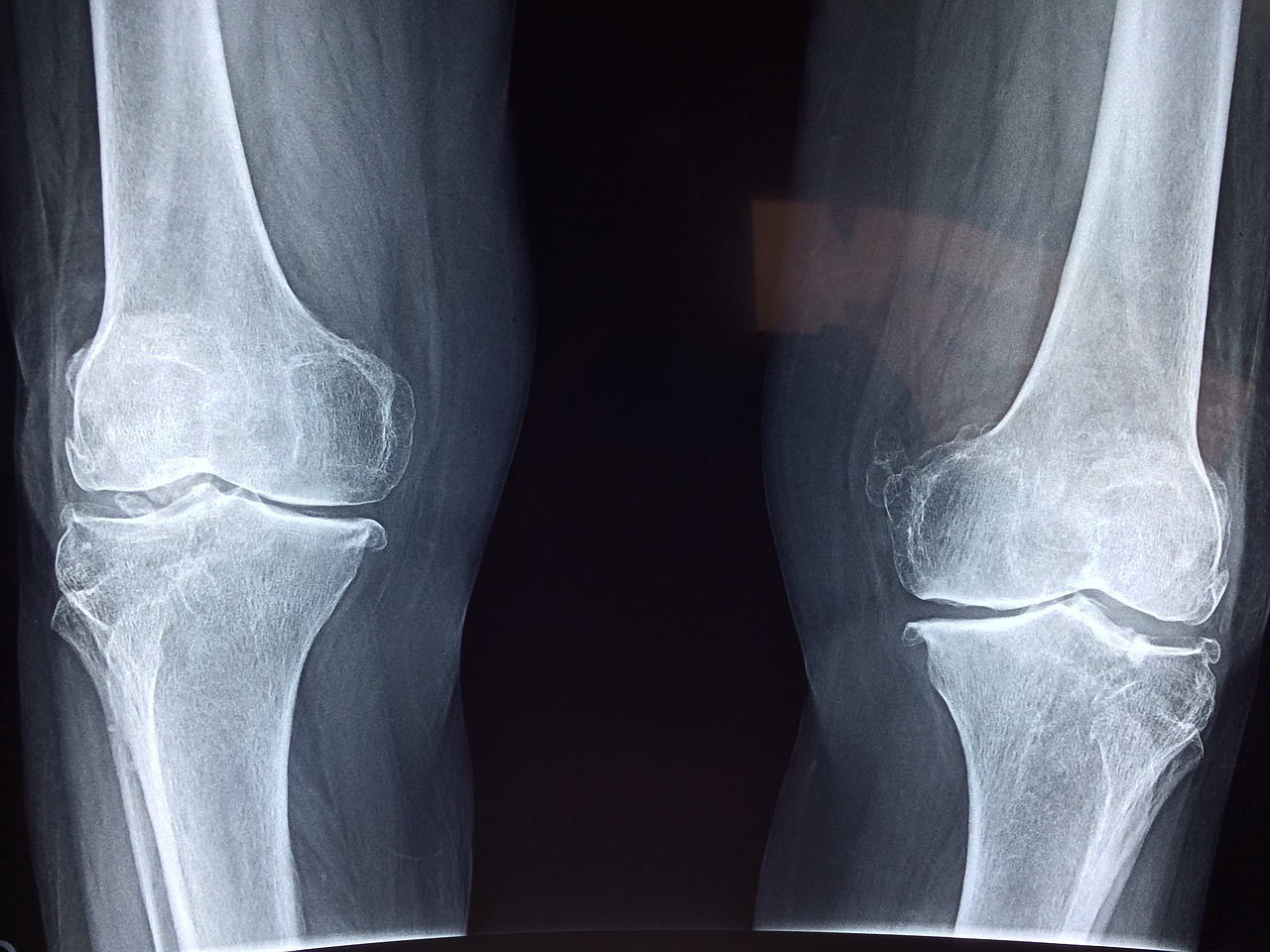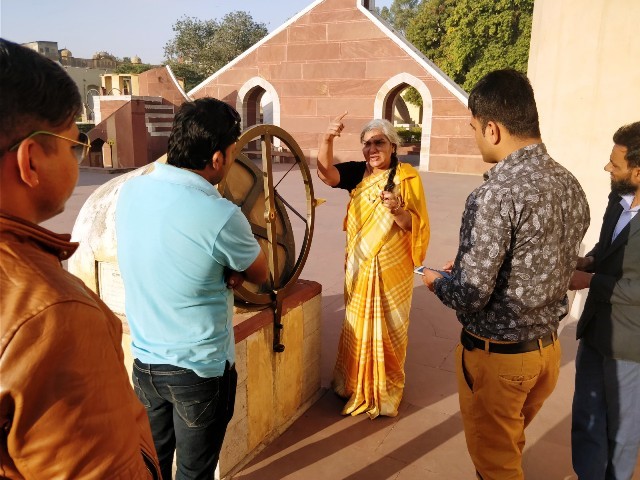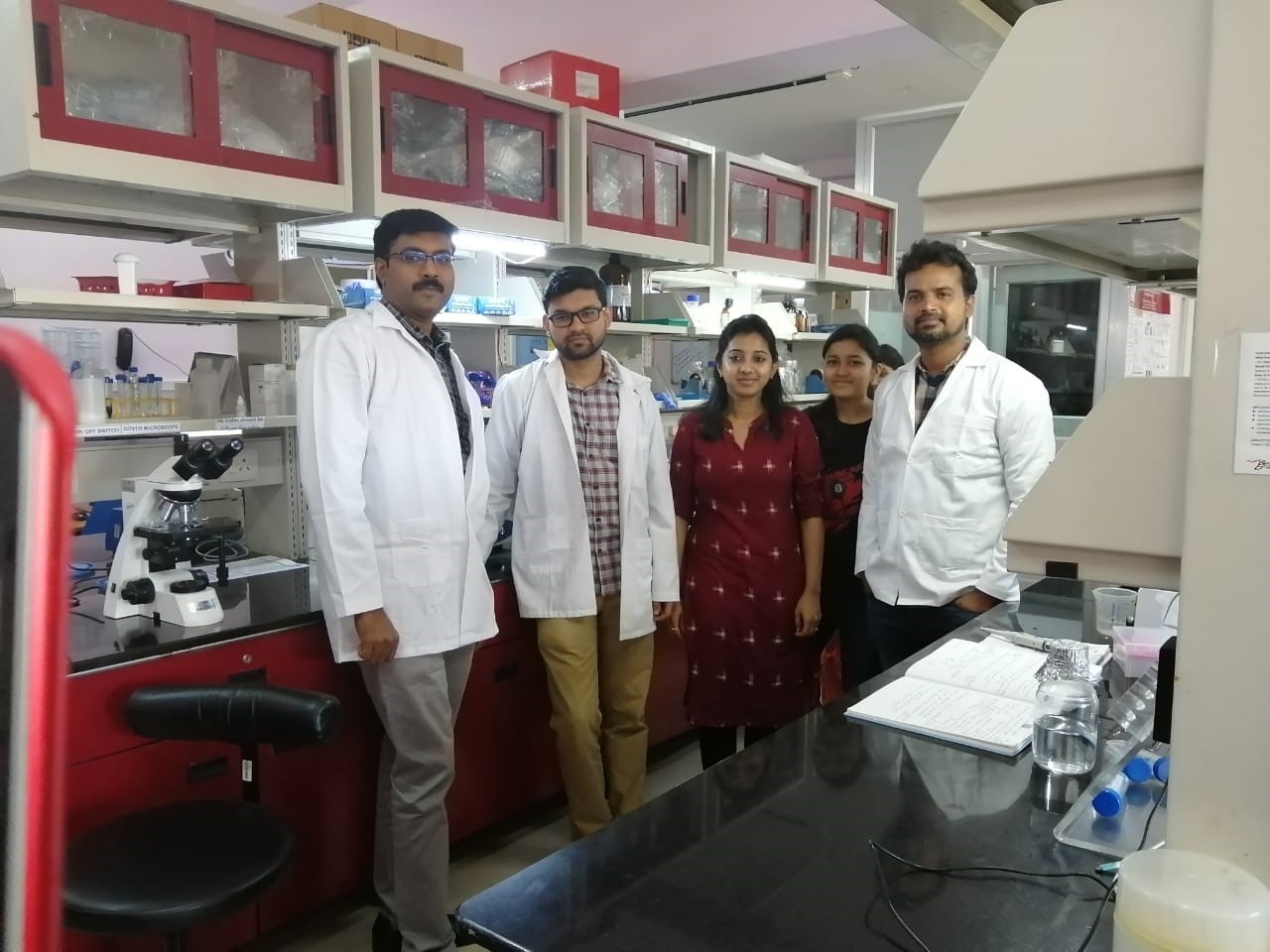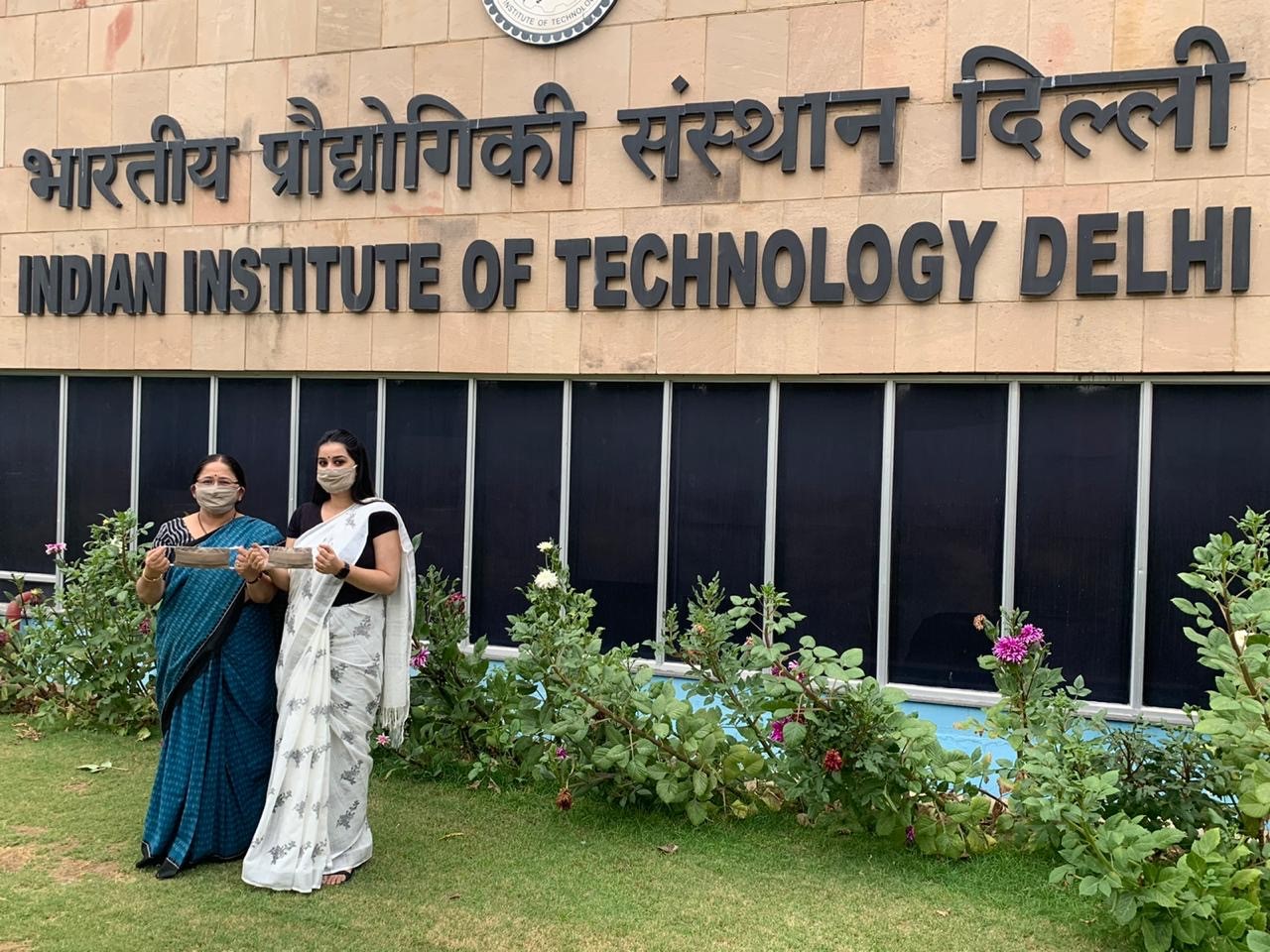Joint pain due to osteoarthritis is an emerging health problem. Researchers are engaged in developing new strategies for osteoarthritis treatment based on regenerative medicine, tissue engineering, and gene therapy. Now Indian researchers have made headway towards finding a molecule that can stop degeneration as well as promote regeneration of articular cartilage.
Researchers at the Indian Institute of Technology Kanpur have reported the role of two novel molecules – NFIA and GATA3 – in development of joint cartilage during embryo growth. They have observed in chicken and mouse studies that both these molecules prevent cartilage degeneration. In addition, GATA3 can also promote the formation of articular cartilage, which covers ends of joints. Deterioration of articular cartilage in joints causes osteoarthritis. The results of the study have been published in journal Development.
“We have identified and characterized roles of two novel articular cartilage factors – NFIA that prevents degeneration of cartilage and maintains it permanently throughout life; and GATA3 that is not only necessary to prevent cartilage degeneration but also can induce articular cartilage, in collaboration with other factors,” explained Dr. Amitabha Bandyopadhyay, who led the research team.
Previous studies suggest that genes involved in tissue repair and regeneration are largely similar to the ones associated with tissue building during embryo development. In an earlier study, this group had reported a collection of genes that are turned on exclusively during embryonic articular cartilage development.
In this study, the authors also observed interesting phenomena where molecular manipulation leading to perturbance of articular cartilage also led to a defect in transient cartilage formation.
Pratik Singh, co-author of this study says “this study provides novel insight into the cross-talk between articular cartilage and transient cartilage formation which is essential for successful development of limb skeleton. By studying these molecules further we hope to learn to make stable articular cartilage in vitro, currently a major challenge in the field.”
“The work provides important pieces in the puzzle of how joints are initially formed in the body,” commented Dr. Terence D. Capellini of Human Evolutionary Biology department of Harvard University, who was not connected with the study.
“We know that joint cartilage is different from other cartilage. It has a different tensile strength and unlike skeletal cartilage, it is resistant to ossification. This new work is going to be the first step in identifying how these differences are established at the molecular level,” said Dr. Raj Ladher from National Centre for Biological Sciences, Bangalore. He is not a part of this study.
“Despite the importance of joint/articular cartilage in normal physiology and disease conditions, very little is known about how it develops and is maintained permanently as cartilage throughout life. This limited understanding is perhaps why there is no effective strategy to treat osteoarthritis,” said Dr. Bandyopadhyay.
The research team included Pratik Singh, U. S. Yadav, K. Azad and Amitabha Bandyopadhyay (IIT- Kanpur) Pooja Goswami (KIIT University, Bhubaneswar), Veena Kinare (Sophia College for Women, Mumbai).
The work was supported by grants from the Department of Biotechnology (DBT) and Science and Engineering Research Board (SERB) of Department Science and Technology (DST). (India Science Wire)
By Ratneshwar Thakur
Journal Article
NFIA and GATA3 are crucial regulators of embryonic articular cartilage differentiation
If you liked this article, then please subscribe to our YouTube Channel for the latest Science and Tech news. You can also find us on Twitter and Facebook.



